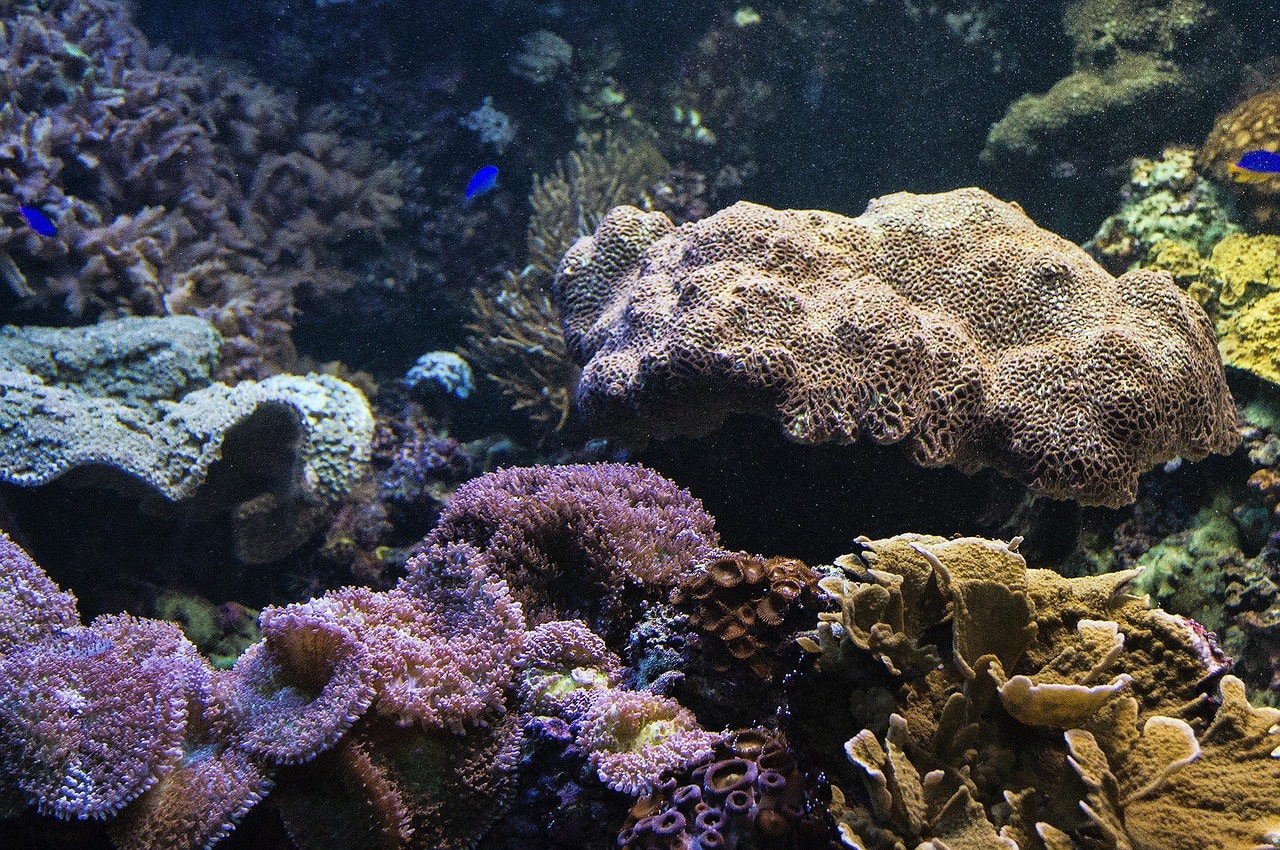As an epidemic of the world, one of the biggest ecosystems is in big trouble and it’s all due to global warming.
The Great Barrier Reef is one of the seven wonders of the natural world, as well as the world’s biggest coral reef. It contains a massive total of 400 different types of coral, 4,000 varieties of mollusc and 1,500 different species of fish. It is thus considered as a safe haven for endangered sea creatures dugongs and sea turtles.
As the most biologically diverse place on Earth, situated in Oceania, we must ask ourselves, how did we allow for global warming to take such a toll on our beautiful Earth?
Was it worth it? All the processing, technology, manufacturing, depletion of our world’s resources¦ All that lead to pollution that affected not just The Great Barrier Reef, but also the entire world and all of its ecosystems.
Why is The Great Barrier Reef Important for the Sustainability of Life?
Since it is the natural habitat of the most coral reefs in the world, there is a reason why an organization such as UNESCO is dedicated to preserving and sustaining all life within the Reef.
The Great Barrier Reef is an ecosystem that helps protect shorelines from rough weather and storms. It has also played a major role in medical advancements and has helped scientists to discover treatments for many diseases such as asthma, lung cancer and soft tissue sarcoma to name a few.
The importance of the reef cannot be stressed enough as it does not only serve the purpose of protecting its plant and animal sea life. Coral reefs are considered living organisms and also play an incredible role in the recycling of carbon dioxide in the atmosphere which allows for the structure and creation of hard skeletons. Coral reefs are like a natural aid for the world as they actually help slow down drastic climate change.
Get water cooler machine and water cooler price from Living-Water in London.






